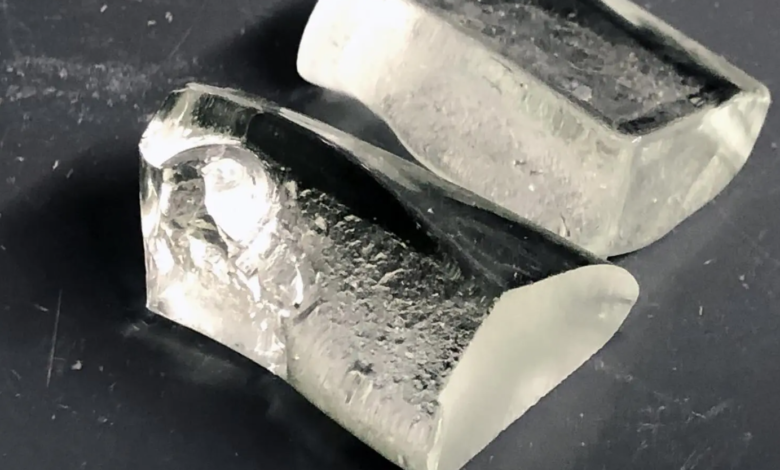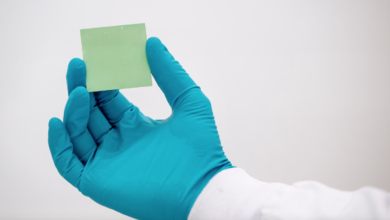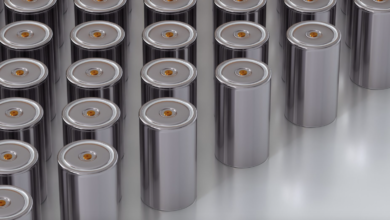From Pennsylvania an eco-friendly glass super resistant

To produce this eco-friendly glass you need 30% less energy than the traditional process
(sustainabilityenvironment.com) – Halving the carbon footprint of production thanks to an eco-friendly glass. It’s the bet won by researchers at Penn State, Pennsylvania State University. They invented a new type of glass that requires much less energy in the production process and is much more resistant to damage than normal soda lime silicate glass.
The latter, in fact, is made by melting three raw materials: quartz sand, sodium carbonate and limestone. Sodium carbonate and limestone (that is, calcium carbonate), both release carbon dioxide during melting. In the process, carbonates decompose into oxides and release CO2 into the atmosphere. In addition, it takes a lot of energy to power the furnaces that operate the fusion itself. This is where most of the environmental impact unfolds.
The secret of LionGlass, the super resistant glass
To produce LionGlass, the glass invented by Penn State, melting temperatures are lowered by about 300-400 degrees. This allows a reduction in energy consumption of about 30% compared to the traditional process. Globally, glass production produces at least 86 million tons of carbon dioxide each year. The eco-friendly glass of the US university could halve this impact, between energy saved in production and transport.
Read also Glass blocks to insulate the building thanks to aerogel insulation
In addition, the resistance of the product is amazing. The glass did not break even by applying a force equal to one kg on a diamond penetrator. It means that LionGlass is 10 times more crack resistant than standard glass, which cracks under a load of about 0.1 kg of force. “We kept increasing the weight on LionGlass until it reached the maximum load allowed by the equipment and it didn’t break,” said Nick Clark, a post-doctoral fellow who participated in the research.
The resistance of this ecological glass can allow a production of thinner and lighter objects: another advantage is that it would allow to transport and store more of them in the same spaces.





